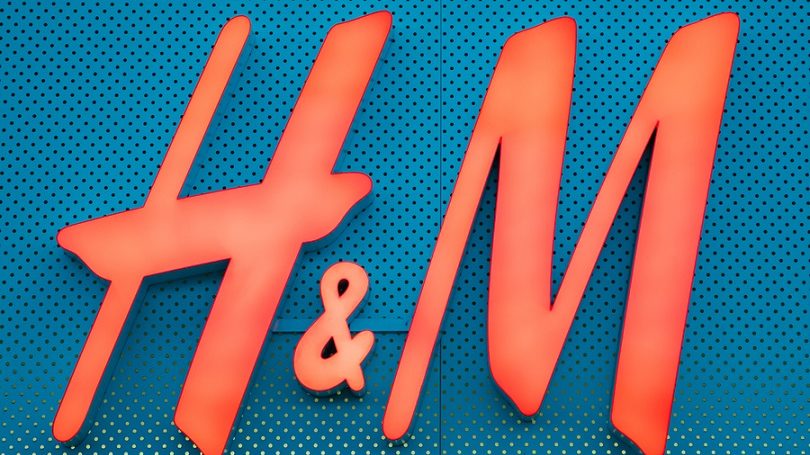H&M blames decline in profits on online investment

Swedish fashion retailer H&M posts a drop in profits for the year ending November 30, blaming the decline on its investment aimed at boosting its online business.
The world’s second largest clothing retailer embarked on a transformation program last year, investing heavily in logistics and digital technology aiming to improve shopping experience and product selection. This includes an upgrade in its mobile app, faster deliveries and the rollout of click-and-collect.
The company is also working on a new H&M concept store.
In the last three months of its financial year, the company spent around 450 million Swedish crowns on logistics and technology, including resolving problems it flagged earlier in 2018.
H&M chief executive Karl-Johan Persson said the upgrade in their logistics systems inevitably resulted in increased costs but will lead to a range of improvements for their customers.
“Against a backdrop of rapid changes in the fashion industry, in 2018 we accelerated our transformation to future proof our business, ending a challenging year for the H&M Group and the sector with strong signals that we are on track,” he said.
Persson said it may have been a challenging year for H&M and the industry but after a difficult first half, there were signs the company’s transformation efforts were beginning to take effect.
H&M posted a 5 per cent increase in full-year revenue to SEK 210.4 billion ($31.18 billion) while in local currencies, net sales rose by 3 per cent. Profit fell by 21.8 per cent to SEK 12.65 billion ($1.92 billion) from the same period last year.
The growth posted was driven by online sales, which were up 22 per cent to SEK 30 billion ($45.61 billion) and now comprise 14.5 per cent of the company’s total revenue.
“With a stronger customer offering and the ongoing improvements in buying and logistics, we expect this trend to continue,” Persson said.
“While this performance is still some way off the targets that we set at the beginning of 2018, these positive signals confirm we’re making progress across all our strategic focus areas: to create the best customer offering; a fast, efficient and flexible product flow; a stable scalable tech foundation; and adding new growth through store and online expansion.”
According to Persson, the company opened three new fulfillment centres in the fourth quarter with a total of around 230,000sqm so they can offer customers faster deliveries and a wider assortment while reducing the capacity constraints that slowed them down in some markets in 2018.
“We have also completed our online transition with investments in 2018, enabling us to successfully migrate online in Germany to the new platform earlier in January 2019,” he said. “With this, all H&M online markets are now on the new platform.”
Persson said the difficulties with the logistics upgrade in some of their markets earlier in 2018 led to additional costs in the fourth quarter.
“Applying lessons learned, we have not increased investments to secure upcoming transitions.”
He added that while these initiatives have a short-term impact on margin, they will lead to continued improvements for their customers, driving increased profitability in the long term.
“With the transformation now underway, capital expenditure will reduce in 2019 compared to 2018 and we will continue to shift the balance of our investments towards digital.”
“Changing consumer behaviour and technological innovation will continue to transform how and when people shop, we are building a business with the flexibility to respond to this constant evolution.”
This story originally appeared on sister-site Inside Retail Australia.
Comment Manually
You must be logged in to post a comment.

No comments